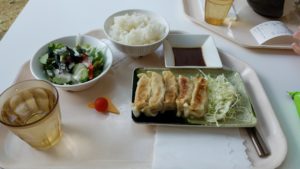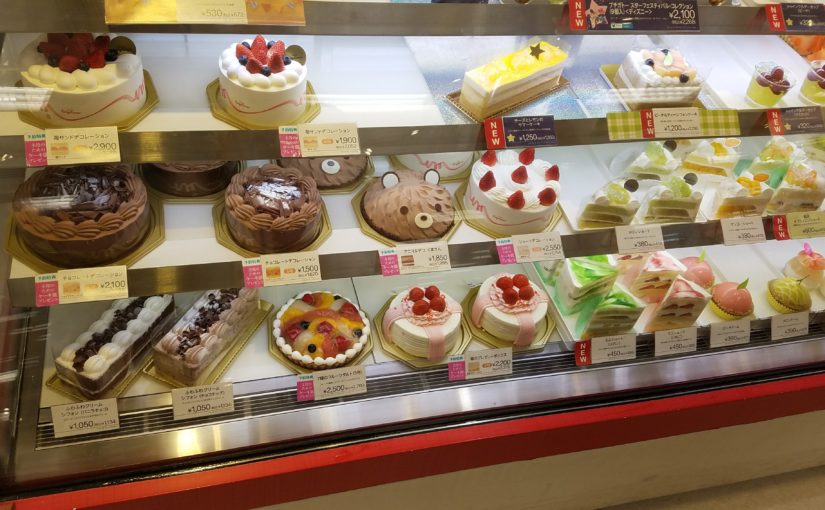Food
Now let’s talk food. There are four major differences between American food and Japanese food: content, price, size, and flavor.
Content
This one is pretty straight forward. American and Japanese food are obviously different. The dishes vary, but the common ingredients vary as well. It’s not at all uncommon in Japan to eat a vegetarian (not vegan) meal. Rice is what you typically fill up on, and meat typically acts as more of a side dish or accent flavor. In the good ol’ US of A meat is usually the main attraction and everything else is an accessory to it.
On top of that, there’s a difference in what meats are common. I think it’s fair to say that America gives you a wealth of meat options at varying prices. You can fairly easily find anything from chicken to buffalo if you look hard enough. In Japan, this doesn’t apply. Chicken is common in Tokyo as well, but possibly even more common is pork. Pork seemed to be the go to meat in my experience. Beef, an American staple, was woefully uncommon in comparison. The texture and quality of beef was, in my opinion, quite a bit different from what we Yanks are used to.
Another major difference is the price and prevalence of vegetables. In most restaurants in America you can pick up a (seemingly) healthy salad alongside your main dishes. However, that convention doesn’t exist in Japan mainly because vegetables are comparatively expensive. Meat and fish tend to run at cheaper prices for what you get.
Finally, dairy products are also pretty rare. Cheese doesn’t really have a place in Japanese cooking, and even the smallest pack of cubes in the grocery store is comparatively expensive. You’d be hard pressed to find a carton of milk, and more processed items like yogurt simply don’t seem to exist.
Price
You may have noticed that I kept using the word “comparatively” in the last section. That’s because on the whole, Japanese food is much less expensive than American food. You can get fairly large meals for cheap by our standards. If you’re spending around ten dollars on a single meal, you’re in a pricier restaurant.

Honestly, this point was my absolute favorite part of living in Japan for a bit. Anything from breads to a full meal were very affordable. However, this only applies to Japanese cooking. If you want Western foods like hamburgers or pizza the price goes up. Also, strangely enough, drinks were fairly pricey. Even something as simple as a fountain drink poured into a paper cup. To add insult to injury, you can’t get refills for free, so that was a bit of a bummer.
Size

Before I got to Tokyo, I expected all the serving sizes to be considerably smaller. This is somewhat true in that Western food portions are significantly smaller than what we’re used to, but when you buy Japanese cuisine you can typically get a hefty amount of food. Hamburgers, pizza, fries, etc are doled out in minimal amounts. In fact, it’s rare to find more than two size options for our typical side snacks. The restaurants like to call them medium and large, but in my opinion they’re actually small and medium.
That said, drinks are always a lot smaller. Even the largest of sizes I’ve seen have been smaller than a regular sized fountain drink from Whataburger. Did I mention there are no refills? Because there aren’t.

Flavor

You never realize how much sugar Americans use until you take a step back. That’s the first big difference I would point out between common flavors in American and Japanese cooking. The two styles share a love of salty and savory flavoring, but Japanese cooking usually doesn’t infuse as much sugar into sweets. I was often left feeling that the desserts I bought were almost bland. Even whipped cream from Starbucks has next to no sugar in it. I also noticed that sweets tend to be fluffier or lighter in flavor compared to their American counterparts.
